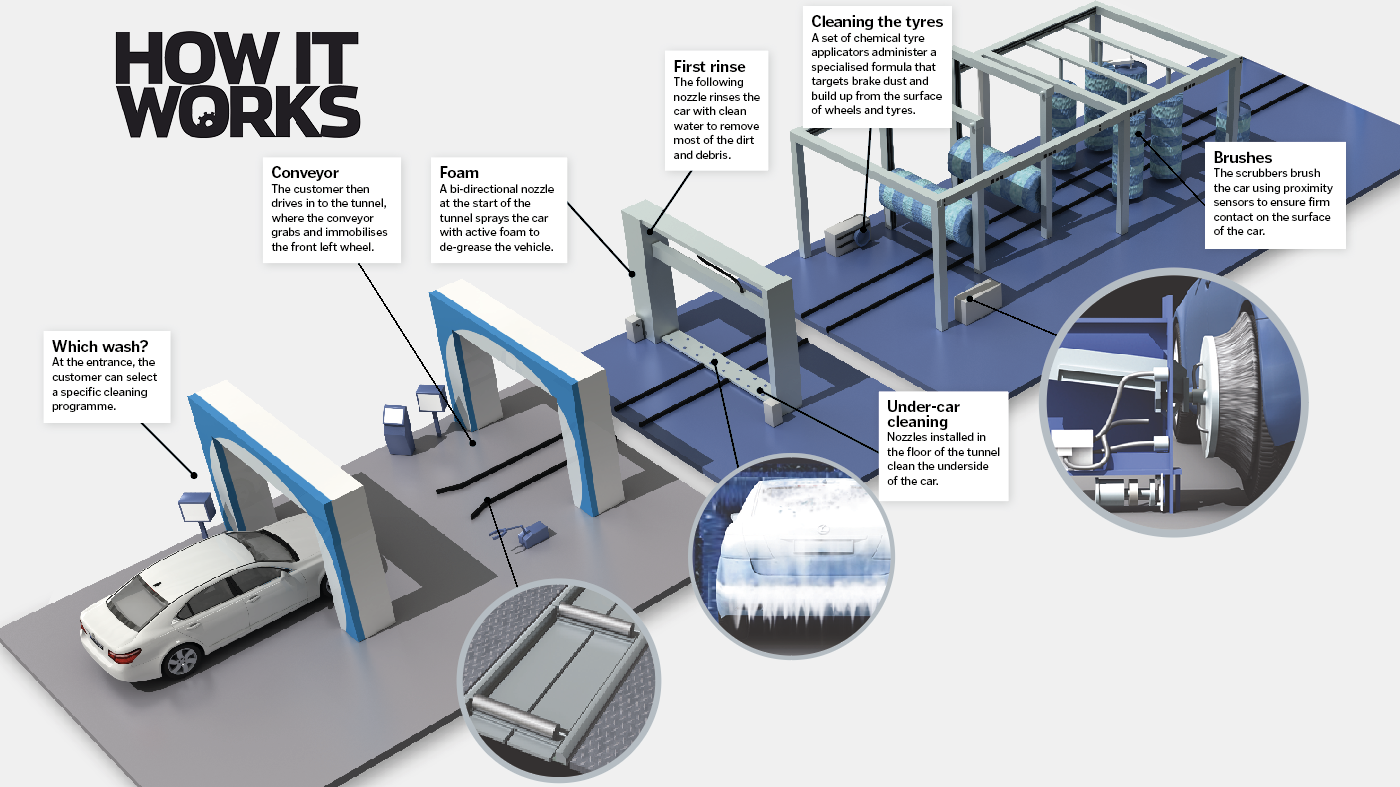How do you increase engine power? The best answer is to perform basic maintenance and correct mechanical issues on your vehicle. When it comes to vehicles with a diesel engine, especially diesel engines that are in high mileage and used quite often, you need to know how to increase engine power. While you can go ahead and get the best possible engine for your vehicle if it’s good enough for the job, there are other things you should consider. One of those things is to consider the type of fuel you will use, which dictates the kind of power you need to put out on the road.
Diesel engines are known for their power, so you will want to get the best possible engine for your diesel engines. If you get an older diesel engine that has not been replaced in its lifetime, you might be in for a surprise when you start trying to increase power; but, you can expect to see the power come back. If you are going to use higher pressure and higher octane oils, you will also see a difference in performance from your engine. One of the main reasons people replace their engines so often is because the wear and tear on the parts wears down and they need to be replaced. You don’t want to have to replace them before you’ve really had time to appreciate the benefits of having a diesel engine. There is plenty of maintenance to go along with it, but the payoff from increased power is well worth the effort.
As far as power, there are several different ways to increase engine power. The most common way to increase the power of a diesel engine is to use higher compression engines. Many people don’t think about changing the compression, but if you have ever seen a gas engine that was run at low revs, you would have noticed that it put out more power than when revved up to cruising speed. You can buy engines with higher compression that will allow you to run your engines at their highest RPM. While this isn’t really true for diesel engines, there are higher compression engines that can be bought that can give you some of the same gains.
How does a car work step by step?
So you want to know how to start your own business from home on the Internet? Well, in this article I am going to teach you the exact steps on how a car works so that you can duplicate that same success in your online business. How does a car work step by step? Well when you have your own online business you have customers, and customers need transportation, because they can not do their normal everyday jobs anymore and have to rely on their vehicles to get to where they need to go.
So you need to find a way for your car to get to wherever you customers are going. How do you find out what your customers need and want? Simple, you look at what others in the online business are getting. Look at the traffic patterns of different websites and online marketplaces. If there is a lot of traffic going to a website or place with a lot of competition, then it’s probably something that you want to do. This is how you get traffic for your own online business.
So how does a car work step by step? By following a proven formula for online business success that is already being used by successful people all over the world, that will bring you success too. This is what is called an online business made up of success stories. Follow these simple proven strategies of marketing online and watch your business grow as the traffic flows into your business.

Why does a car need oil?
Why does a car need oil? Car owners, mechanics and enthusiasts ask this question all the time – and they do have an answer for it. The engine of a car – which can run for hundreds of thousands or even millions of miles without an oil change – works on the power of oil. Oil lubricates moving parts, prevents vibration and extends the life of each component. Without it, you could drive your car for decades, but your car would eventually break down.
Your car needs oil because the engine burns gasoline during operation. As fuel is burned, the engine pumps more oil through the carburetor. This oil, along with new oil that is added as needed by the driver, flows through a system of pipes known as the oil pump. From there, the oil travels to the engine’s cooling system, where it helps cool the engine. Once the engine has cooled down, it sends a signal to the transmission to start moving.
Without oil, the engines would simply stop working, because nothing is fueling it. The engine needs fuel to run, but the fuel is vaporized when the engine runs, so oil replenishment makes sense. In addition, engines require regular maintenance in order to perform at their best. As you can see, engines are very complex machines that benefit from regular care and maintenance.

